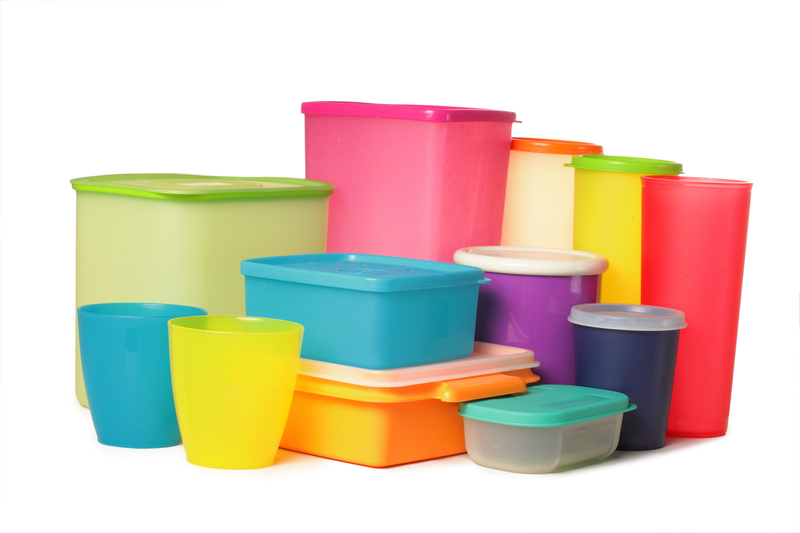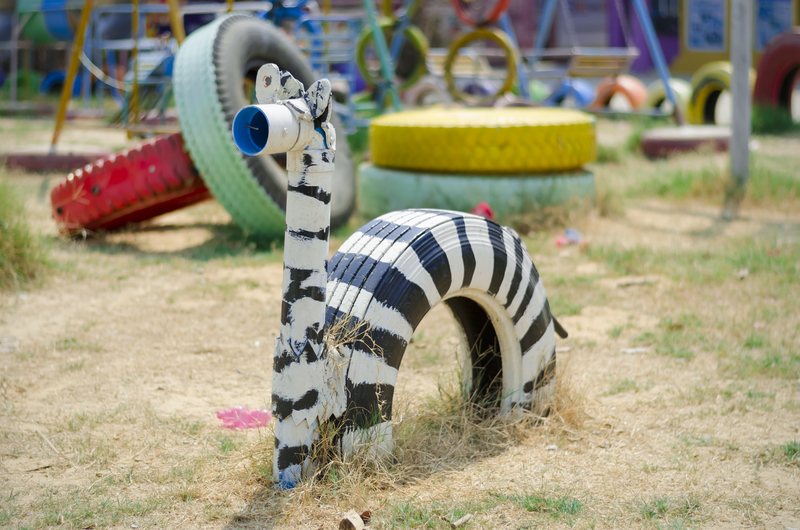The Evolutionary Path of Waste Solutions: An Introduction
Over the centuries, human societies have grappled with a fundamental challenge: how to manage waste effectively. The evolutionary path of waste solutions is a fascinating journey, marked by innovation, trial and error, and a growing recognition of environmental stewardship. As our population and economy have grown, so too has the complexity of our waste. This article explores the development, milestones, and future trajectory of waste solutions, highlighting the critical importance of sustainable practices for a healthier planet.

From Primitive Disposal to Organized Waste Management
Early Approaches to Waste Solutions
In ancient times, waste disposal was a simple process. Early humans would simply discard unwanted materials - including food scraps and broken tools - in designated areas or pits. As communities grew, so did waste concentrations, leading to an increased risk of pollution and disease.
- Primitive dumping grounds: Most ancient settlements had informal waste heaps located away from living quarters.
- Lack of segregation: All types of waste, from organic to hazardous, were often mixed together.
- Limited understanding: Societies did not perceive the long-term environmental impact of unregulated dumping.
Ancient Innovations and Regulations
Certain ancient civilizations developed solutions that set the foundation for organized waste management. The residents of ancient Athens, for example, were required by law to transport their refuse at least a mile out of town. Meanwhile, the Romans engineered complex sewer systems like the Cloaca Maxima, which is often considered one of humanity's first urban waste infrastructure projects.
The Industrial Revolution: A Turning Point in Waste Solutions Evolution
The onset of the Industrial Revolution in the 18th and 19th centuries radically altered the volume and composition of waste. Factories produced new byproducts, while rapidly growing cities generated unprecedented masses of household and industrial waste.
- Rise of municipal waste collection: The first organized waste collection services appeared in major European cities, often in response to health crises like cholera outbreaks.
- Development of landfills: Waste was increasingly deposited in controlled dumping sites, the early versions of modern landfills.
- Introduction of incineration: Incinerators - or "destructors" - began operating in London in the late 19th century to reduce waste volume.
Despite these developments, early industrial waste solutions often emphasized removal over reduction or recycling, leading to persistent issues like groundwater contamination and air pollution.
The Environmental Movement and the Shift Toward Modern Waste Management
Recognizing the Impact of Waste
By the mid-20th century, it became clear that traditional methods of waste disposal were unsustainable. Influential events - such as the publication of Silent Spring in 1962 - raised awareness of pollution and its impact on ecosystems and human health. Governments and communities began to explore evolving waste solutions that prioritized environmental protection.
- Establishment of environmental agencies: Bodies like the United States Environmental Protection Agency (EPA) formalized standards for waste management and pollution control.
- Comprehensive waste regulations: New laws set benchmarks for landfill operation, hazardous waste management, and air quality.
- Emphasis on recycling and reduction: Recycling programs emerged, focusing on glass, paper, and metals, while anti-littering campaigns educated the public.
Integrated Waste Management: A New Paradigm
The late 20th century saw the rise of integrated waste management (IWM) - a holistic strategy that considers the entire life-cycle of waste. IWM promotes the "3Rs" principle:
- Reduce: Minimizing waste generation through mindful consumption and efficient production processes.
- Reuse: Finding new uses for items rather than discarding them after a single use.
- Recycle: Collecting and processing materials like paper, plastics, and metals to create new products and minimize the need for virgin resources.
This integrated approach is now central to modern waste management solutions and underpins many international environmental policies and agreements.
Game-Changing Technologies in Waste Treatment and Recycling
Mechanical-Biological Treatment (MBT) and Advanced Sorted Waste
In recent decades, innovative technologies have revolutionized waste solutions evolution. MBT processes combine mechanical sorting of waste with biological treatment - such as composting or anaerobic digestion - to separate recyclables, produce energy, and minimize landfill use.
- Automated sorting: Modern facilities use robotics and advanced sensor technologies to segregate waste streams more efficiently.
- Energy recovery: Anaerobic digesters convert organic waste into biogas, a renewable energy source.
- Composting and soil enrichment: Organic fractions are transformed into nutrient-rich compost for agriculture and landscaping.
Thermal and Chemical Recycling
Beyond traditional recycling, new methods are addressing previously unrecyclable materials. Chemical recycling breaks down plastic polymers into raw materials, while waste-to-energy (WTE) plants generate electricity from combusted refuse. These innovations represent an ongoing evolution of waste management solutions that blend sustainability with efficiency.
Policy, Economy, and the Circular Approach
From Linear to Circular Economy
Traditional waste strategies have followed a "take-make-dispose" model - a linear system that relies on continuous consumption of resources. However, the current trend in waste solutions is a shift toward the circular economy, where products and materials are kept in use for as long as possible.
- Design for durability and repair: Manufacturers are creating products that last longer and can be repaired or upgraded rather than discarded.
- Product-as-a-service: Some companies now offer leasing models, taking responsibility for end-of-life recycling or refurbishing.
- Resource recovery hubs: Urban centers increasingly feature facilities dedicated to material recovery and regeneration.
Legislation Driving Waste Solution Transformation
Many countries now impose stringent regulations on waste disposal, encouraging the adoption of advanced waste solutions. Extended Producer Responsibility (EPR) holds manufacturers accountable for their products' end-of-life impacts, while landfill taxes and bans on single-use plastics promote alternative behaviors.
The Global Perspective: Challenges and Opportunities in Waste Solutions Evolution
The Developing World's Waste Challenge
While developed countries have advanced waste management infrastructure, many regions face significant obstacles. Rapid urbanization, limited resources, and lack of regulation can result in open dumping and harmful burning practices, threatening public health and the environment.
- Informal waste sector: Millions rely on waste picking for their livelihoods, though they often face hazardous working conditions without proper support.
- Innovation in adversity: Grassroots projects and circular initiatives are emerging in cities across Africa, Asia, and Latin America, often combining local knowledge with modern technology.
- International cooperation: Efforts like the United Nations' Sustainable Development Goals call for global partnerships to improve waste infrastructure and reduce pollution.
Plastic Waste: Modern Crisis, Innovative Responses
Plastics have become emblematic of the modern waste challenge due to their durability and pervasiveness. In response, governments, researchers, and businesses are pioneering new solutions:
- Biodegradable materials: Bio-based plastics and biodegradable composites offer hope for reduced environmental persistence.
- Ocean cleanup initiatives: Projects targeting plastic debris in marine environments, such as The Ocean Cleanup, are gaining momentum.
- Producer-led recycling schemes: Major brands are investing in "closed-loop" systems that take back and reprocess used packaging.

Future Trends in the Evolutionary Path of Waste Solutions
Smart Waste Management
The digital revolution is merging with waste management to deliver smarter, more efficient solutions. Sensors, IoT devices, and cloud-based data analytics are optimizing collection routes, monitoring fill levels, and reducing operational costs.
- Smart bins: Cities like Singapore and San Francisco are deploying sensor-equipped bins that signal when they're full, streamlining collection schedules.
- Data-driven planning: Real-time data helps municipal agencies allocate resources more effectively and identify waste hotspots.
- Blockchain for traceability: Blockchain technology is being explored to authenticate the recycling process and ensure compliance across supply chains.
Zero Waste and Regenerative Practices
The concept of "zero waste" - designing and managing products and processes to systematically avoid and eliminate waste - is gaining popularity among cities, businesses, and individuals. The goal is to emulate nature's circular systems, where every byproduct is a resource for something else.
- Zero-waste urban planning: Several cities, including Kamikatsu in Japan and San Francisco, have set ambitious targets to divert 90% or more waste from landfills through strong recycling, composting, and education initiatives.
- Industrial symbiosis: Factories collaborate to utilize each other's byproducts, reducing overall waste streams.
- Innovative material science: Research into edible packaging, super-recyclable plastics, and biological alternatives is pushing the boundaries of waste solutions evolution.
Conclusion: Charting a Sustainable Future Through Waste Solutions Evolution
The evolutionary path of waste solutions reflects our changing relationship with consumption, society, and the environment. Modern waste management is no longer just about disposal; it encompasses waste reduction, resource recovery, and the transition to a regenerative circular economy. Facing mounting environmental challenges, advances in technology and policy show promise for a future where waste is not merely a problem to solve, but a resource to harness.
As global awareness and innovation continue to grow, it is up to communities, businesses, and governments alike to embrace new waste solution technologies and policies. By drawing upon history and pushing for sustainable change, we can ensure that the evolution of waste solutions remains a story of progress, resilience, and hope for generations to come.